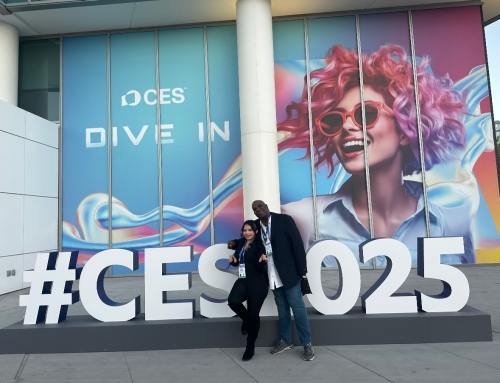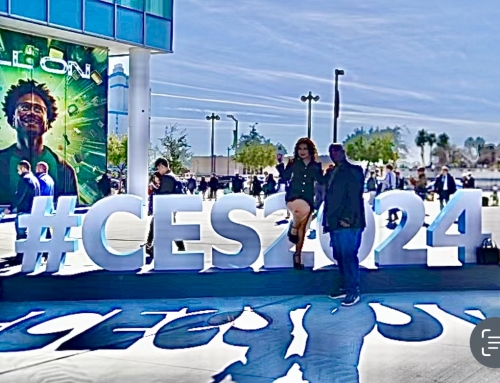Media Post explained, virtual reality has graduated from the gaming world in order to expand into multiple business sectors. Currently, gamers dominate the application but after the most recent Greenlight 2016 Consumer Adoption Report, it is clear the application for games is least important. According to ARC, the travel and tourism business sectors are looking to apply virtual reality by creating opportunities for people to experience their vacations virtually. It will allow individuals to enjoy unique experiences without having to travel too far. Virtual reality applications have moved beyond video games with the option to create more practical applications of the technology.
The results of the 2016 report supported the need for additional applications of virtual reality. Among those interviewed 73.5 percent of the people stated they would be willing to use virtual reality applications to experience new settings. Another 63 percent claimed they would also enjoy different types of entertainment and live events. In other business sectors, the technology can be applied to include meetings, education, home design, and shopping.
A recent study uncovered the use of virtual reality for gaming, is ranked as the lowest interest for use. As different business sectors begin to apply the technology, there will be a brand new business sector dedicated to the optimal virtual reality experience, regardless of the context. It could be the perfect time for more business sectors to harness virtual reality applications because 86 percent of virtual reality users claim they were pleased with their experience and it would be highly likely they would use it again.
The modern connected headsets offer users available media specifically chosen to be especially impressive through a virtual setting. Additionally, the headsets have evolved to the point they are now able to combine the physical and digital worlds to create an optimal experience. It is this evolution, which enables virtual reality applications to extend beyond gaming.
“International Business Times” reported that there are two options available for end users of virtual reality applications. First of all, mobile virtual reality allows the user to pair their headset with a smartphone but is unable to allow users to move within the virtual environment. The second option involves more expensive headsets, which are connected to sensors on the walls within the room the user occupies.
More expensive headsets like HTC’s Vive and Facebook’s Oculus Rift, allow users to move around through the positional tracking technology. The problem is, the movement is usually limited because it requires sensors in the walls to function. It would be possible for a tourist or travel company to own a piece of property, line the walls with the necessary sensors, and turn the simple setting into whatever vacation the individual client’s desire.
The next step in virtual reality applications is already underway. Stereolab has created a second generation of their ZED camera. This upgrade to the headset will offer the same positional tracking but there will no longer be a need for the sensors to be in walls. This allows the virtual reality setting to be expanded and increases the distance the end user will be able to wander.
However, the biggest challenge facing the widespread use of virtual reality applications is the cost of the purchase and maintenance of the headset. The Greenlight’s 2016 Consumer Adoption Report stated, 44.7 percent of the people polled were willing to pay $199 for their headsets. This can be compared to the results from the previous year, which stated people were willing to pay more than $200 for a headset. The use of virtual reality for entertainment and tourism seems reasonable, however, it is difficult to understand how a person can shop virtually. There would need to be a distinction of the process from making a traditional purchase online or through an application. Virtual reality applications have moved beyond the gaming world because users are interested in more practical uses for the technology.
By Kristina Lasher
Edited by Jeanette Smith
Sources:
ARC: Why Virtual Reality Will Be More Than Just a Bunch of Games
Media Post: Virtual Reality Interests: Travel 74%, Movies 67%, Live Events 67%, Home Design 66%
International Business Times: Mobile Virtual Reality Breakthrough Means Gear VR Could Soon Be As Powerful As Oculus Rift
Image Courtesy of Nick Hobgood’s Flickr Page – Creative Commons License






